Robots modelled after dung beetles leverage nature’s ingenuity with efficient, space-saving object-rolling mechanics.
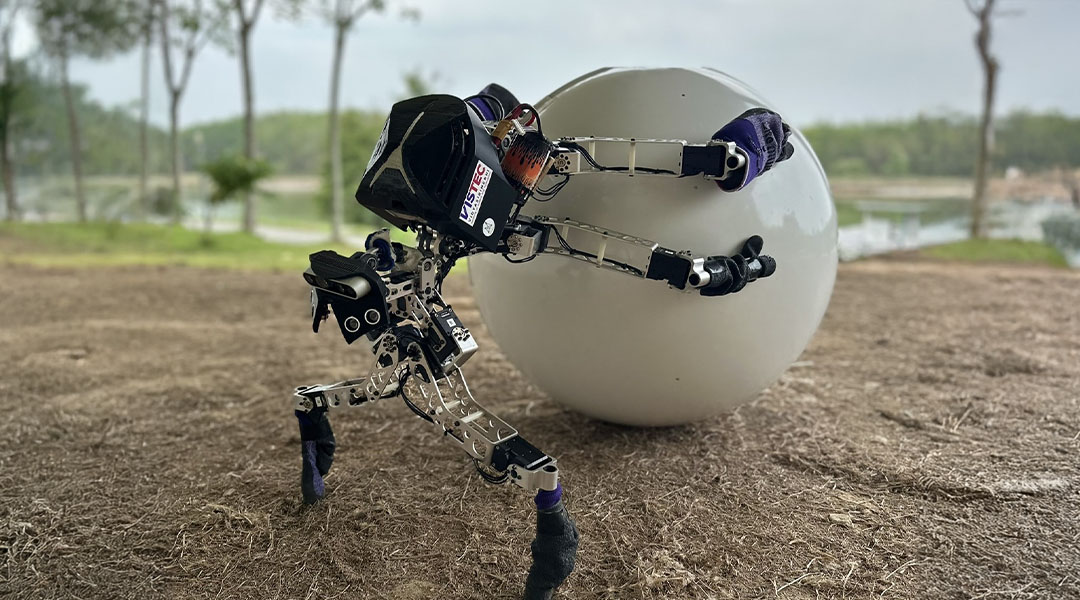

Robots modelled after dung beetles leverage nature’s ingenuity with efficient, space-saving object-rolling mechanics.

Dark matter may be gathering in dense clouds around neutron stars, potentially making it easier to observe it from Earth.
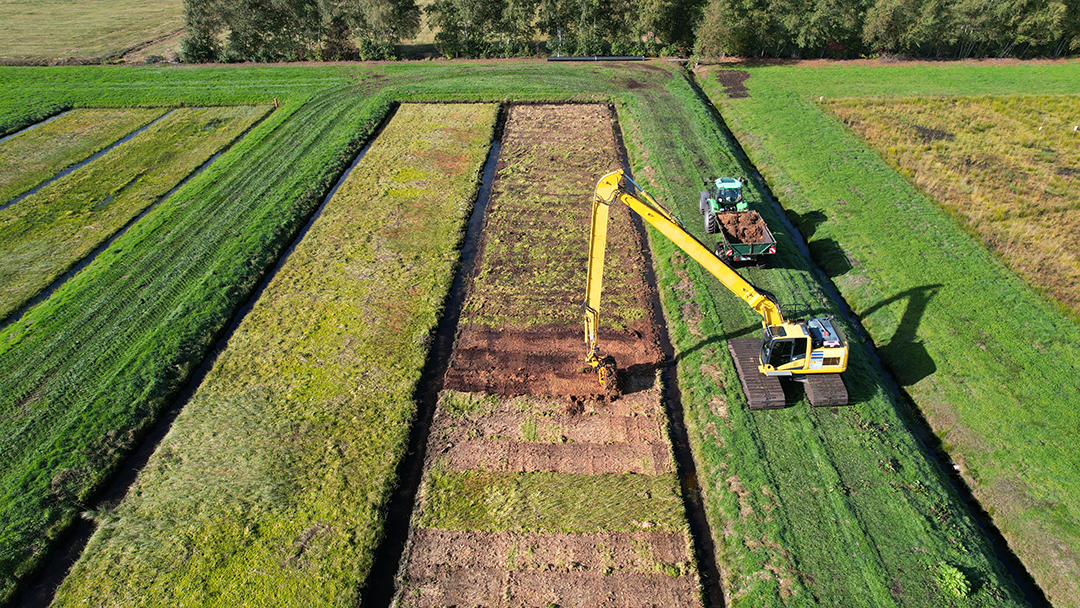
Scientists are reviving lost wetlands using paludiculture, blending ecology and economy to combat climate change and restore biodiversity.

Mimicking one of the body’s most complex organs isn’t easy, but researchers are making progress.
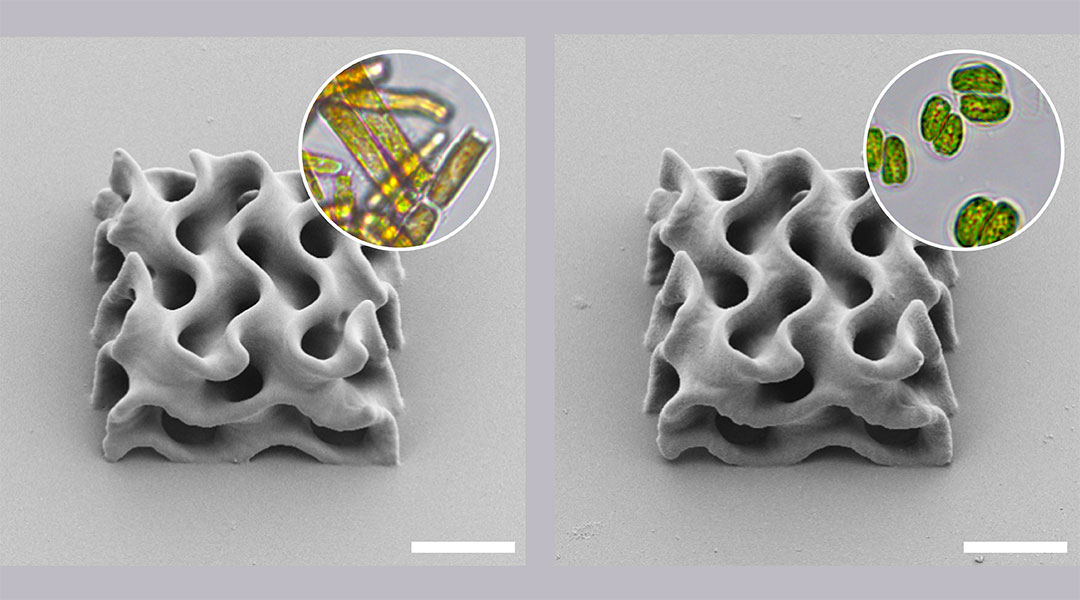
A search for environmentally friendly inks led researchers to microalgae biofactories, providing a renewable biomass solution.
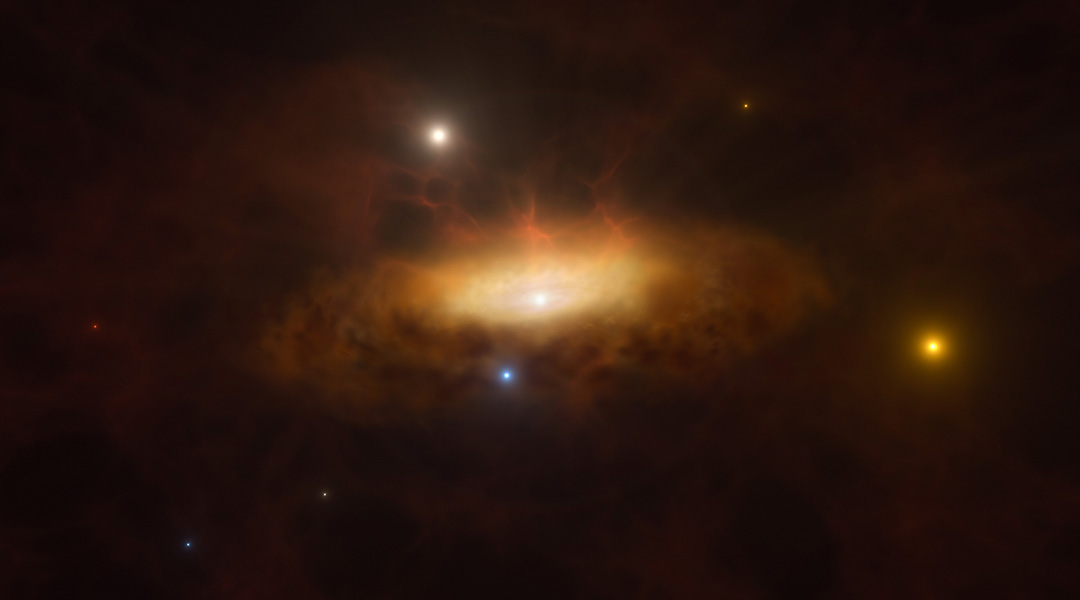
Imagine observing a distant galaxy for years when suddenly its core begins exhibiting unprecedented changes.

Global warming caused by human action has continued to increase, even though climate action has slowed the rise in greenhouse gas emissions.
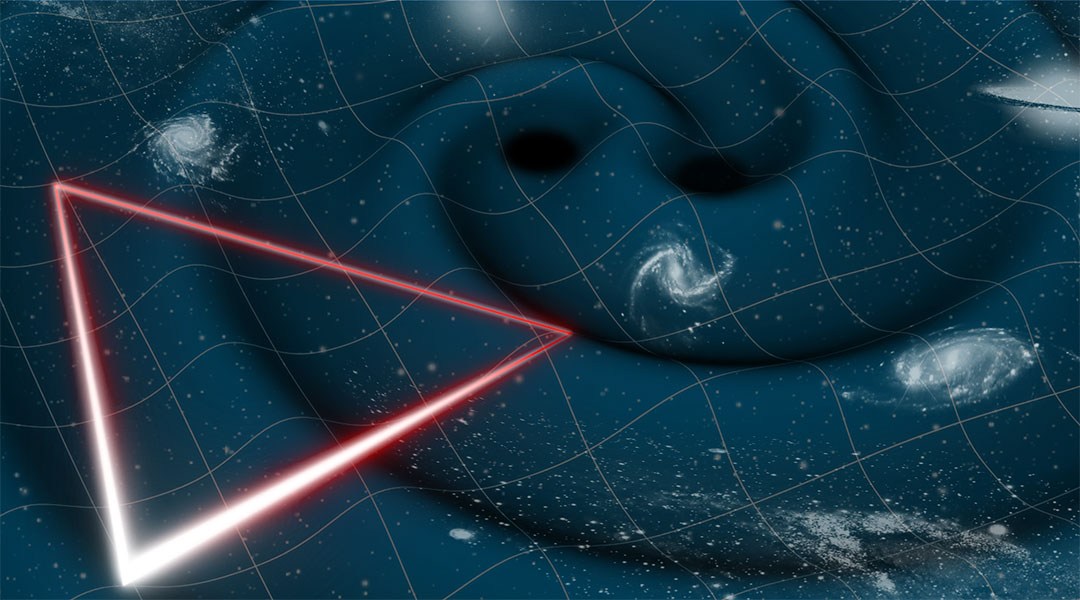
ESA greenlights LISA, a space-based observatory poised to detect gravitational waves across space and time.
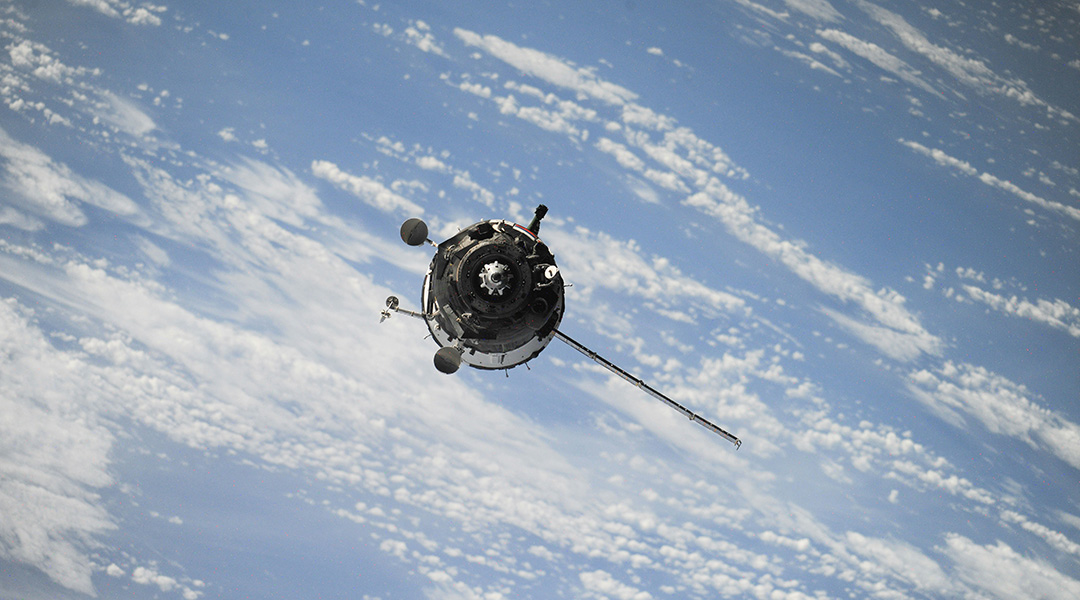
To develop medical treatments in space, scientists first need to understand how the body behaves in this foreign environment.
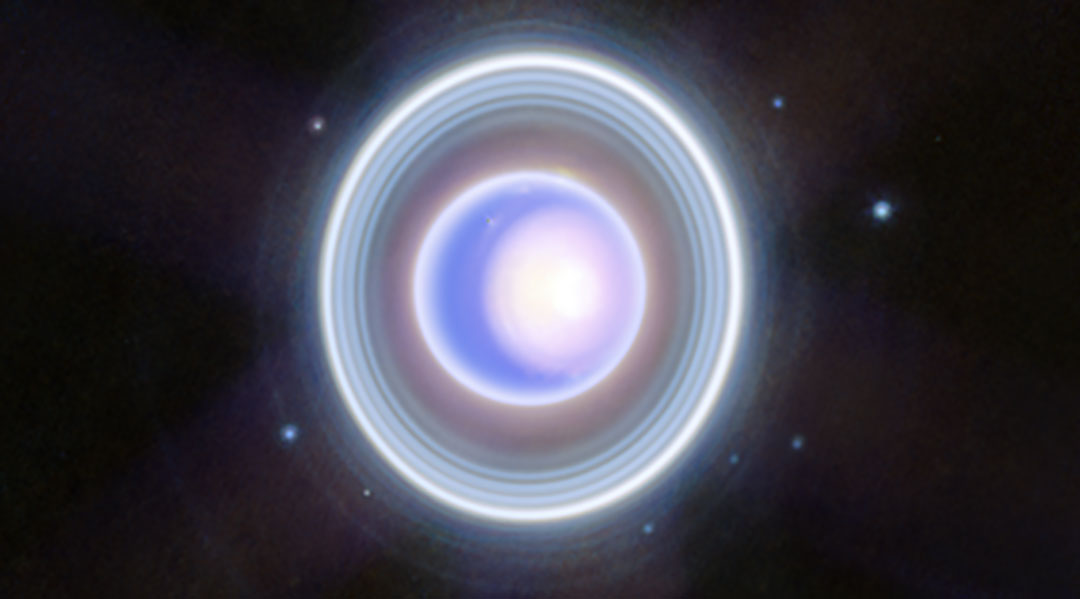
The powerful telescope gave space fans an early Christmas present in the form of a detailed image of Uranus, observed using infrared light.